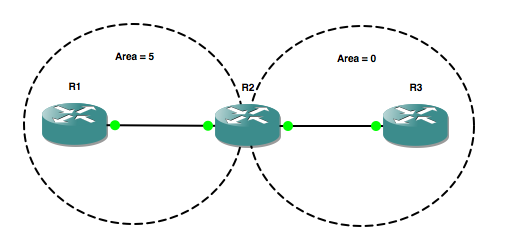Redistribution of named and tagged static routes
I always name my IOS static routes as a best practise. However I hit a syntax issue last week when I tried to combine the named static with a tag, then redistributing that tagged static route into OSPF. If you have issues redistributing a ‘named and tagged static’ then this may be the post for you. The simplified config snippet below is configured on SW1 (cisco 3750X). This config will match all static routes tagged with ‘200’ and redistribute them into…
